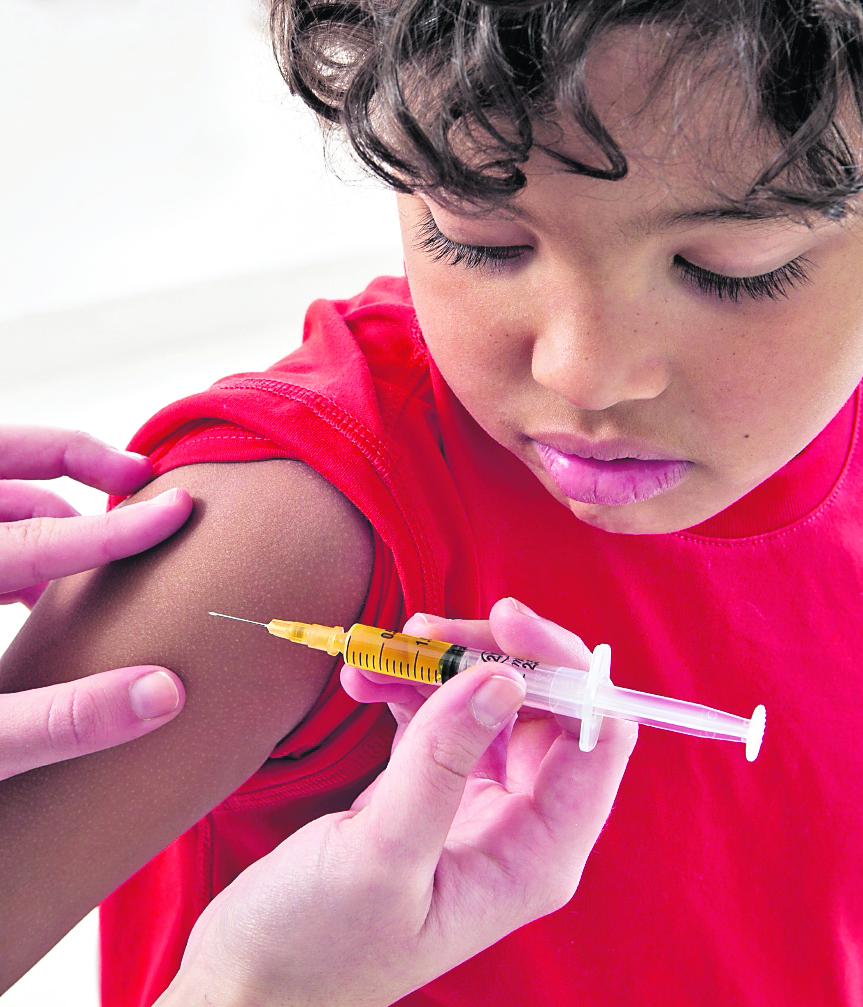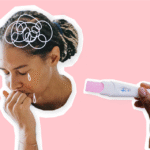The World Health Organization (WHO) explains that the Human Papillomavirus (HPV) is a very common sexual infection worldwide. It is estimated that 90% of people will be infected by this disease during their lifetime, putting them at risk for a variety of health problems that they may present.
“There are different microorganisms, these can be bacteria, protozoa, and viruses. The name, Human Papillomavirus, comes from the manifestations of the disease in the body since they cause papillomas and affect only humans. There are more than 200 types of HPV, although some are harmless, others can cause genital warts or cancer,” explains doctor Herbert Orlando Vides.
Genital HPV infections are very common. Almost all sexually active people get HPV at some point in their lives. Most people have no symptoms and feel perfectly fine, so they usually don’t know they are infected.
How it is spread
HPV can be contracted by having oral, vaginal, or anal sex with a person who has the virus, even if they do not have signs or symptoms. “Any sexually active person, even if they only have sex with their partner, can become infected with the Human Papillomavirus if they do not know they are infected. Symptoms can appear years after having contracted the virus, so it is very difficult to know when they were first infected,” says Angélica Carrillo, an infectious disease specialist.
If you are pregnant and have an HPV infection with genital warts, your baby may get the infection. In rare cases, the infection can cause a non-cancerous growth in the baby’s larynx, but this happens in very special cases.
Symptoms
According to Vides, not all people with HPV have symptoms. But when they do, they can manifest as venereal diseases consisting of warts, a small elevation that can be flat or raised; papillomas, a larger elevation; or condylomas, which are larger elevations of five to eight centimeters. These appear in the genital areas of men and women.
Genital warts appear as flat lesions, small cauliflower-shaped bumps, or small stalk-shaped protrusions. In women, genital warts appear primarily on the vulva, but they can also appear near the anus, on the cervix, or in the vagina.
In men, they appear on the penis and scrotum or around the anus. Genital warts rarely cause discomfort or pain, although they may be itchy or tender, according to the Mayo Clinic website.

Your relationship with cancer
Another manifestation of HPV is carcinogenic. Infections with this virus are the main cause of cervical cancer, which can take 10 to 20 years, or more, to develop after an HPV infection. When infected and this type of cancer is in its early stages, it usually does not cause noticeable symptoms.
In 2014 and 2015, cervical cancer accounted for 31.6% of cancer cases in the country and in 2017 it was the cause of death for 793 women, according to the Global Cancer Observatory (Globocan). This is a type of cancer that occurs in the cells of the cervix, the lower part of the uterus that connects to the vagina.
In advanced stages, cervical cancer can cause pelvic pain or vaginal bleeding during sexual intercourse. However, in the early stages, it causes no symptoms. Therefore, women must undergo regular screening tests to find any precancerous changes in the cervix that could lead to cancer.
Women ages 21 to 29 are recommended to have a Pap test every three years; women ages 30 to 65 can continue to have this test every three to five years if they also have an HPV DNA test at the same time. Women over age 65 can stop having this test if they have had three normal Pap tests in a row or if they have had two HPV DNA tests and a Pap test with no abnormal results.
The human papillomavirus can cause other types of cancer, such as cancer of the vulva, vagina, penis, or anus. It can also cause cancer in the back of the throat, such as the base of the tongue and tonsils. This is called oropharyngeal cancer.
The WHO details that the prevalence of any type of HPV in the penis is 18.7%; in the scrotum 13.1%; and 7.9% in the perineal region. Men who have had at least three sexual partners in their lifetime have 4.5 times more risk of becoming infected by any type of HPV than those who have had fewer partners.
In addition, the WHO estimated that the prevalence of HPV in women worldwide was 11.7% in 2017. Latin America and the Caribbean had a prevalence of 16.1%, the second highest in the world after Sub-Saharan Africa with 24%.
Types of HPV
Most HPV types can cause “common” warts, and most genital HPV infections are harmless and go away on their own. However, some HPV types can cause genital warts or certain types of cancer, according to Planned Parenthood :
- HPV types 6 and 11 cause most cases of genital warts. These are caused by a low-risk HPV type, as they do not cause cancer or other serious health problems.
- At least a dozen types of HPV can cause cancer. However, two in particular, types 16 and 18, cause the majority of cases. These are called high-risk HPV. Cervical cancer is most commonly associated with HPV, but it can also cause cancer of the vulva, vagina, penis, anus, mouth, and throat.
Risk factors
HPV infections are common. The Mayoclinic website describes risk factors for HPV infection as including:
Number of sexual partners: The more you have, the more likely you are to get a genital HPV infection. Having sex with a partner who has had multiple sexual partners also increases your risk.
Age: Genital warts occur most often in teenagers and young adults.
Weakened immune systems: People with weakened immune systems are at higher risk for HPV infections. The immune system may be weakened by HIV/AIDS or by immune-suppressing medications used after organ transplants.
Treatment
Experts say there is no cure for the human papillomavirus. However, there are various treatments for the manifestations of this disease in the body. For example, warts and papillomas can be treated with topical treatments or with cryotherapy, which is a freezing technique, or a loop electrosurgical excision procedure, which uses electric current to remove the abnormal tissue.
When it comes to condylomas, surgical treatment is recommended due to the size of the lesion.
Removing these genital manifestations does not mean that a person no longer has HPV. Warts can reappear because the virus can remain in other cells of the body.
Prevention
Since there is no cure for HPV, prevention is advisable. This can be achieved in several ways:
- Being in a mutually monogamous relationship or having sex with a person who only has sex with you.
- Regular medical check-ups, depending on your age, should be carried out to ensure that you are not at risk of developing the disease. For example, a Pap test should be carried out starting at age 21.
- Use a condom correctly every time you have sex. However, this method does not guarantee that you will not be infected by the virus, since there are areas that the condom does not cover.
- Get vaccinated against HPV: This guarantees that there will be no infection if you get it when you have not had sexual relations, which is why it is recommended during childhood. You can get it at age 9 and a second dose after 6 months of the first. If you are over 15, three doses are required: the second one a month after the first and the third five months after the second.























+ There are no comments
Add yours